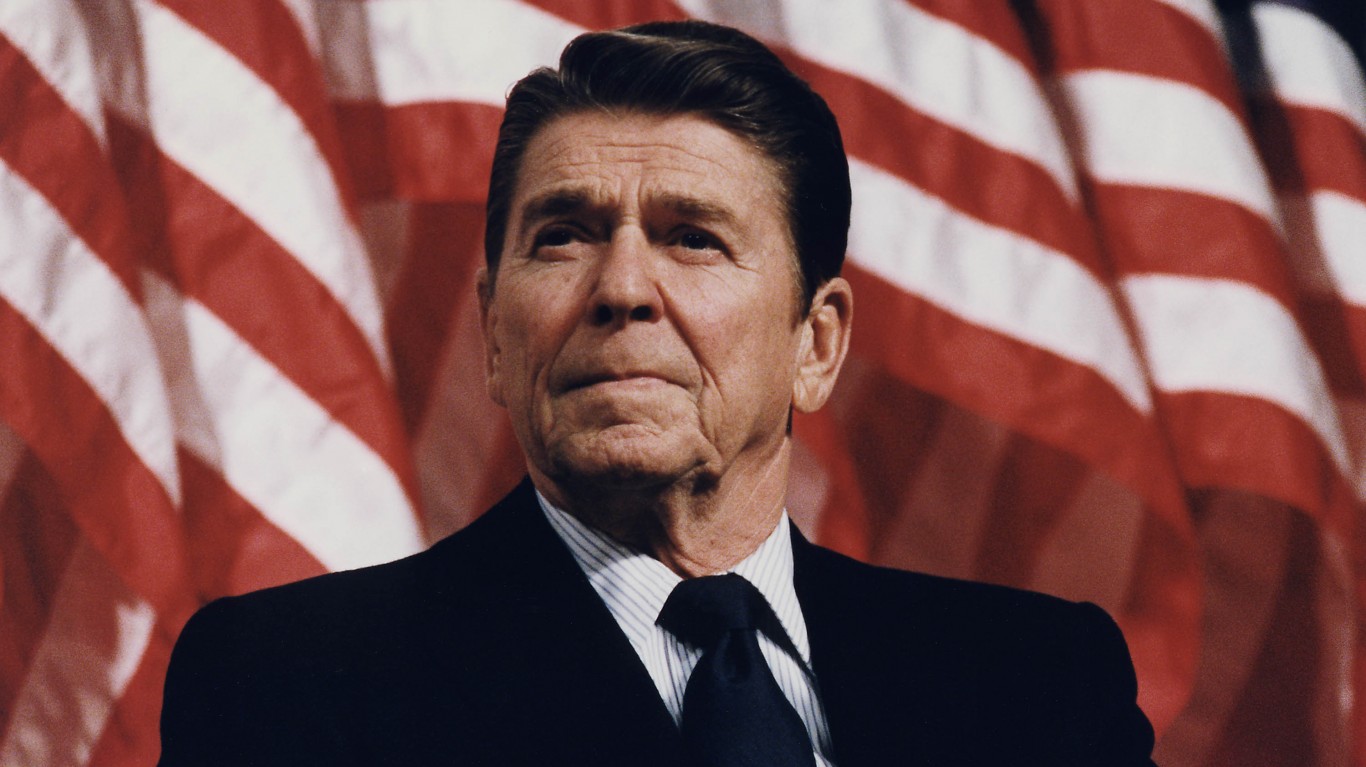
If there is one member of the Federal Reserve that can inspire some interest aside from Chair Janet Yellen, Vice Chair Stanley Fischer would be that person. At a speech in Rio de Janeiro, he discussed the low levels of real interest rates around the globe, as well as the problems and solutions around them.
As part of the low-rate discussion, Fischer noted that the yield on 10-year U.S. Treasury bonds is near all-time lows. This is the same as in the euro area, the United Kingdom and Japan. Fischer further noted that bond yields also have declined in many emerging markets. This is of course well known, but Fischer also touched on some of the causes and on some potential solutions.
There were several issues pointing to low interest rates around the planet. Slow growth is one of them, with U.S. growth of 1.5% on average being half of that average growth in the decades leading up to the financial crisis. And the demographics, the aging populations, tend to lower the equilibrium interest rate around the labor force and trend growth. Investment via capital spending has been slow as well.
Fischer outlined two more key issues that have led to such low global interest rates and why they are so intertwined from country to country. One reason is that many of the same factors driving down the equilibrium interest rate in the United States have been the same or even stronger in many other economies. Another explanation about low interest rates are around the globe is that we are living in an integrated global economy, wherein economic developments in one country spill over into other countries. This is via trade, capital flows, prices, interest rates and exchange rates.
Perhaps the biggest issue here is what can be done about low interest rates, if anything can be done. Fischer noted potential risks around low interest rates, including the impact on the effectiveness of monetary policy and financial stability concerns. He noted what policymakers could do to address the problem:
Monetary policy has a role to play. Transparent and sound monetary policy can boost confidence in the stability of the growth outlook, an outcome that can in turn alleviate precautionary demand for savings and encourage investment, pushing up the equilibrium interest rate.
However, as I have said before–and Ben Bernanke before me–“Monetary policy is not a panacea.” Also, to repeat myself, policies to boost productivity growth and the longer-run potential of the economy are more likely to be found in effective fiscal and regulatory measures than in central bank actions. This statement is true not only in the United States, but also around the globe. But it is not to say that monetary policy is irrelevant to the growth rate of the economy.
The Federal Reserve has been hampered by the economy not managing to hit its 2.0% to 2.5% inflation targets. Low real interest rates are a definite part of that, but they were also the end result of a very limited post-expansion recovery.
Whether the Federal Reserve can be blamed for low real interest rates around the globe is one thing. Another is to note that real interest rates were negative in Europe and in Japan, a policy that was never pursued by the U.S. Federal Reserve.
100 Million Americans Are Missing This Crucial Retirement Tool
The thought of burdening your family with a financial disaster is most Americans’ nightmare. However, recent studies show that over 100 million Americans still don’t have proper life insurance in the event they pass away.
Life insurance can bring peace of mind – ensuring your loved ones are safeguarded against unforeseen expenses and debts. With premiums often lower than expected and a variety of plans tailored to different life stages and health conditions, securing a policy is more accessible than ever.
A quick, no-obligation quote can provide valuable insight into what’s available and what might best suit your family’s needs. Life insurance is a simple step you can take today to help secure peace of mind for your loved ones tomorrow.
Click here to learn how to get a quote in just a few minutes.
Thank you for reading! Have some feedback for us?
Contact the 24/7 Wall St. editorial team.



